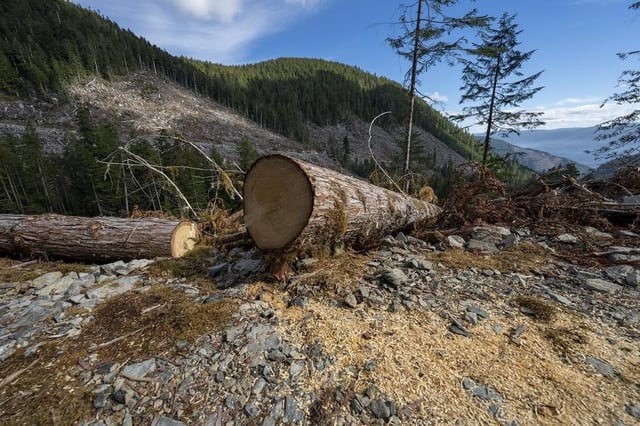Overview
- A two-year probe of 2019–2022 forestry operations in interface zones found outdated rules and unclear responsibilities hindering wildfire mitigation for more than one million at-risk residents
- The investigation showed logging outpaced wildfire risk reduction work by an 11:1 ratio and only 9% of logged interface areas received treatments to lower fire hazards
- While 70% of required fire hazard assessments met content standards, fewer than one-quarter were completed within legal deadlines and roughly one-third of cutblocks failed to satisfy abatement requirements on time
- Current Wildfire Regulation permits logging debris to remain on high-risk sites for up to 30 months, leaving flammable fuel through multiple fire seasons
- The board’s five recommendations call for proactive hazard reduction targets, inclusion of municipalities in interface definitions, modernized abatement guidelines and faster cleanup, with a formal provincial response due by November 30

